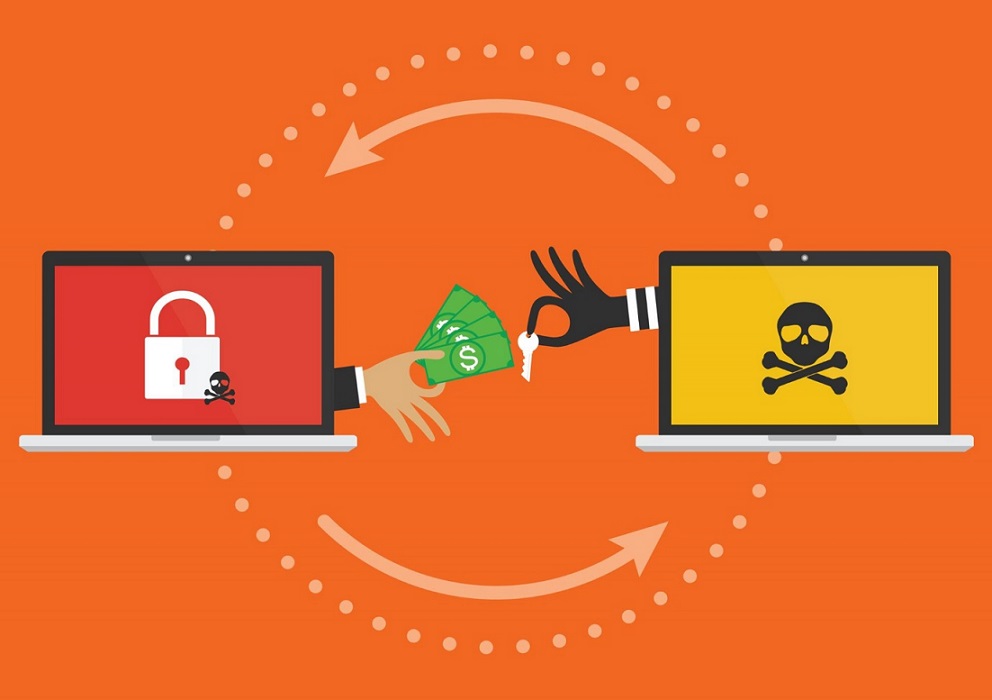
Practical Steps to Avoid Deepfakes
In the modern era of technology, the methods of cyber criminals and bad actors alike continue to evolve. The topic of deepfake attacks is becoming more common in the digital
Join us for the Human Behavior Conference on Oct. 30th

What do you think about when you hear the word “ransomware?” Perhaps a group of impostors operating out of a clandestine location comes to mind. Maybe you also visualize them furiously typing away as they effortlessly gain access to their target’s system. Indeed, movies depict similar scenes. However, the truth is that ransomware attacks usually involve not only technical skills but also social engineering skills. CSO Online defines ransomware as “a form of malware that encrypts a victim’s files. The attacker then demands a ransom from the victim to restore access to the data upon payment.”
When successful, ransomware attacks can have detrimental effects not only on a corporation but also on the people that rely on their services. Notably, we see such an example with the recent Colonial Pipeline attack. This attack disrupted fuel distribution, impacting many businesses and individuals on the east coast of the United States. Additionally, the CEO paid the cybercriminals nearly $5 million in ransom to regain control of the company’s computer systems.
Often, social engineering tactics behind ransomware attacks play a significant role in their success. Let’s consider a couple of ways in which ransomware attacks use social engineering tactics.
Vishing, or voice phishing, is a form of attack in which cybercriminals contact an organization’s employees via telephone. They have two goals. First, to gain information, and second, to manipulate the target into taking an action that could compromise the security of their company.
Prior to a vishing attack, the caller may have already researched proprietary company information. The cybercriminal could now easily pretend to be a colleague from the target company’s IT department and ask the employee to visit a specific website to perform an update. The caller may also call posing as a customer who needs help and may sound desperate. Compliance, helpfulness, and urgency are used to elicit emotions that can suspend critical thinking. During a vishing attack, the caller may obtain information such as employees’ full names, emails and system passwords as well as vendor names. Once cybercriminals have acquired such information, they can craft very realistic phishing emails that will also employ tactics to influence their target into taking an action that could be detrimental to the security of their organization.
Phishing is described as the “practice of sending emails appearing to be from reputable sources with the goal of influencing or gaining personal information.” In fact, it is the number one delivery vehicle for ransomware according to Statista.
Cybercriminals usually craft phishing emails to look like official corporate communication. In addition, cybercriminals may also use “commercial” and “customer” phishing templates. The phishing emails are designed to elicit a response or a “click” from the receiver by including messages that evoke emotions such as fear, greed and curiosity. Phishing emails are also created to look legitimate, making them difficult to detect. By appealing to the target’s emotions, a phishing email can trick the target into taking an action that puts their company at risk.
Ransomware attacks are effective not just because of expert coding, but also because cybercriminals prey on their target’s emotions to influence them to take actions that may compromise their organization’s security. These attacks can cost companies great financial and reputable loss. In view of this, how can you protect your business from the social engineering tactics behind ransomware? Be proactive! Educating and training employees can actively help stop malware from infiltrating the organization’s system.
At Social-Engineer, our services focus on the tactics hostile attackers use to influence and manipulate people via phishing, vishing, and impersonation. Some of these services include:
For more information about our services visit our website https://www.social-engineer.com/services/ . Be proactive, educate yourself and your employees, stay safe.
Sources
https://www.csoonline.com/article/3236183/what-is-ransomware-how-it-works-and-how-to-remove-it.html
https://www.cnn.com/2021/06/04/politics/colonial-pipeline-ransomware-attack-password/index.html
https://www.social-engineer.com/are-your-employees-trained-to-withstand-vishing-attacks-2/
https://www.social-engineer.org/framework/attack-vectors/phishing-attacks-2/
https://www.social-engineer.org/social-engineering/emotions-used-in-human-hacking/
Image
https://www.nakivo.com/blog/best-ways-recover-ransomware/

In the modern era of technology, the methods of cyber criminals and bad actors alike continue to evolve. The topic of deepfake attacks is becoming more common in the digital

According to Workplace, in 2019, “60% of remote-capable employees spent their week working fully on-site, whereas that figure has fallen to just 20% in 2023.” Additionally, hybrid work has increased